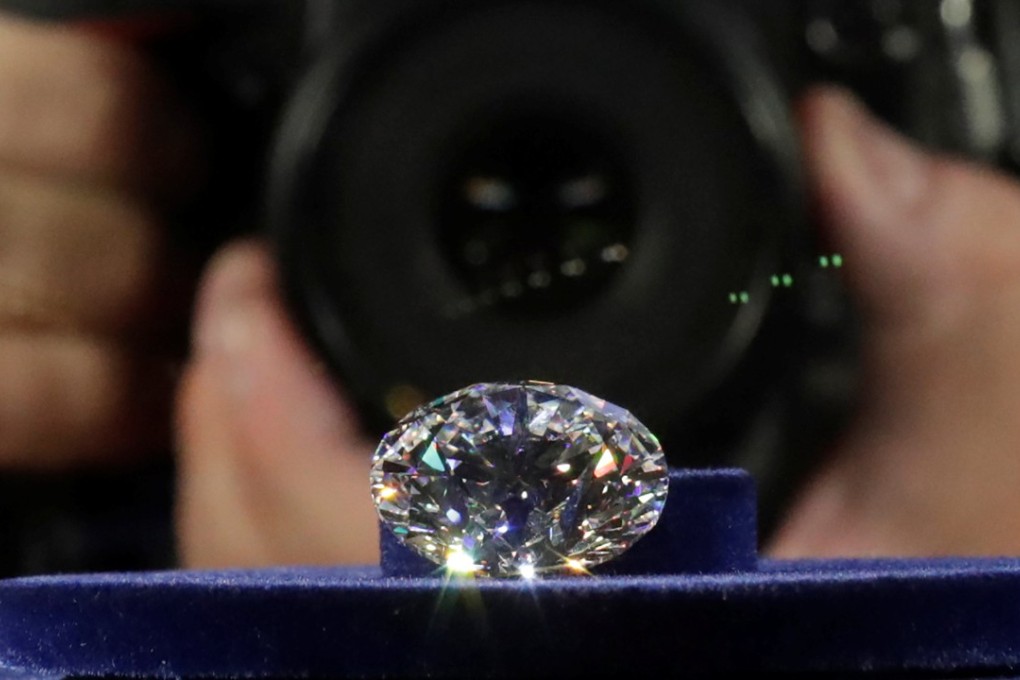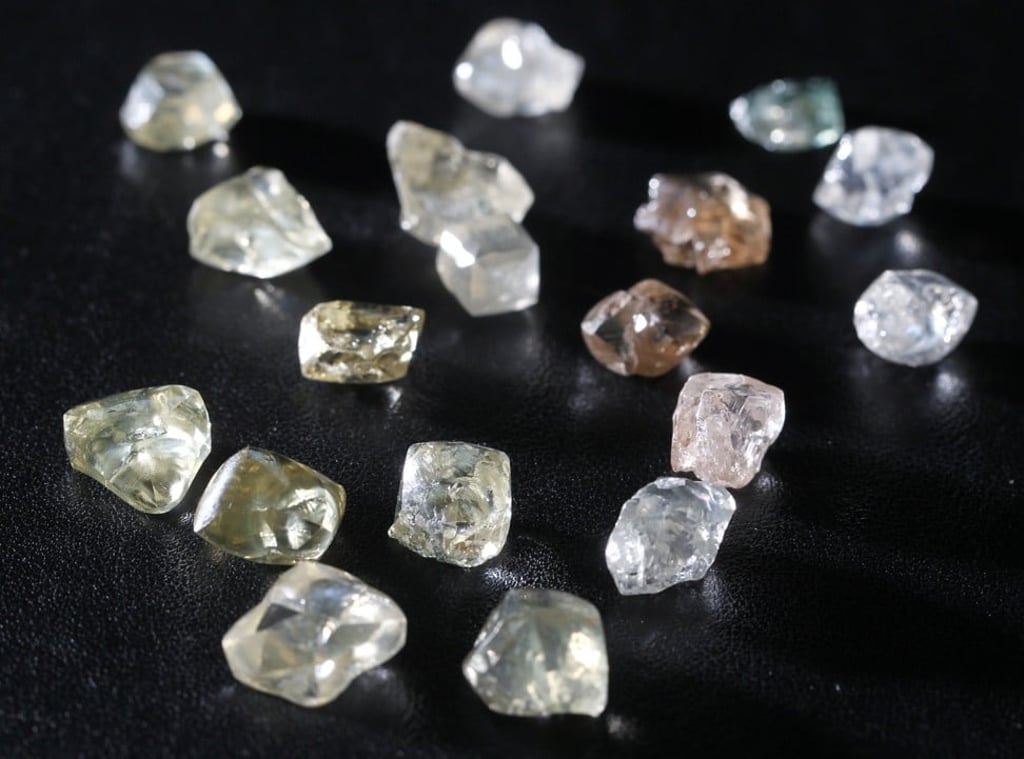World’s biggest miner plans Hong Kong diamond auctions to spur impulse buys of ‘girl’s best friend’
Russia’s Alrosa, the world’s largest diamond miner, plans to hold seven auctions in Hong Kong this year and work with the city’s jewellers to sell to Chinese consumers, who are more methodical than American buyers

Experienced Chinese diamond consumers have a greater propensity to make planned purchases of "a girl's best friend" than American customers, according to a survey commissioned by the world's biggest diamond miner Alrosa.
Up to 86 per cent of Chinese respondents in GfK Research’s 2017 poll of 4,000 respondents aged between 25 and 55 said they plan to buy at least one piece of diamond jewellery this year, compared with 59 per cent of Americans surveyed.
Some 73 per cent of the Chinese respondents have bought diamond jewellery for themselves in the previous 12 months, and around a third purchased at least one piece as a gift.
The respondents have average or above average income and have bought or received diamond jewellery as a gift in the previous 12 months.

To get a tighter grip of the Chinese market, which it believes will grow faster in the long term than its No. 1 market, the United States, Russian state-backed mining giant Alrosa plans to hold seven auctions in the port city of Vladivostok near the Chinese border this year, compared to four last year when US$74 million of sales of gem-quality products were made.